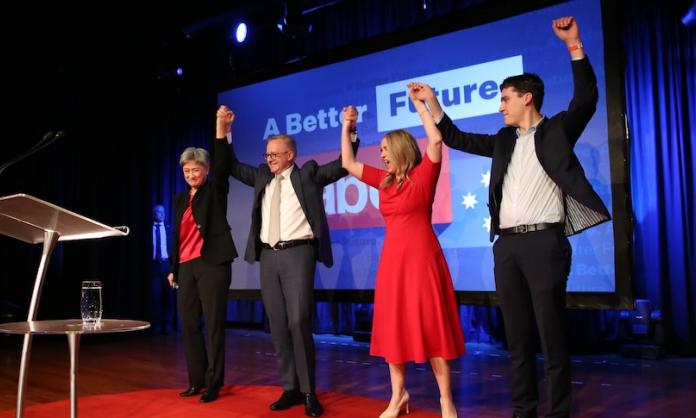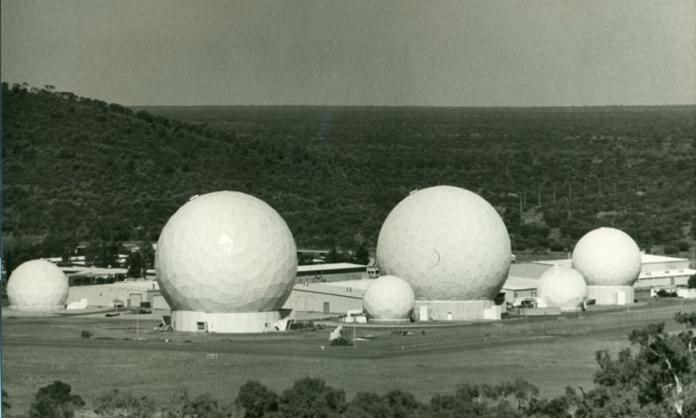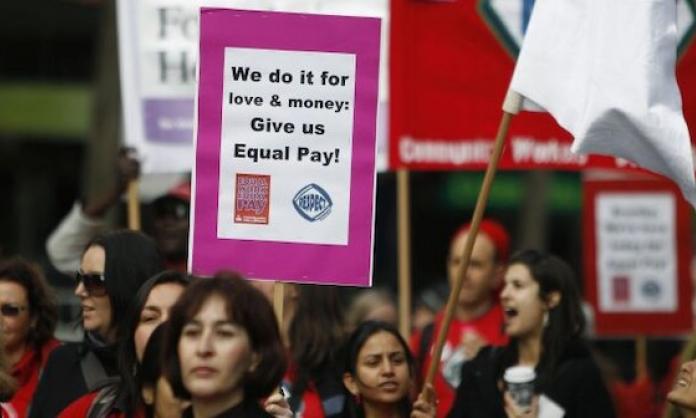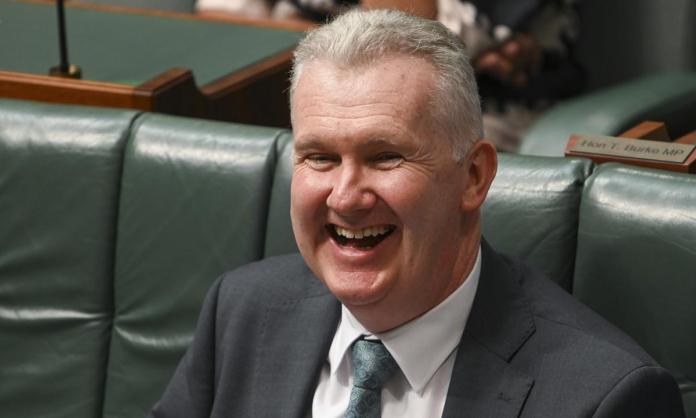The major parties have finally paid a price for offering nothing in the face of the multiple crises facing humanity. Be it the climate catastrophe, the deadly pandemic which, despite being officially “over”, has killed more than 5,500 people in Australia this year, or an economic crisis that is rapidly eroding the living standards of workers and the poor while the rich set new records for wealth accumulation, neither the Labor nor Liberal parties seem moved by the scale of these threats, nor willing to take the sort of action that is needed. So it is a significant development that in the 21 May federal election, slightly more than one in three voters threw their support behind a non-major party candidate in the lower house, leaving the two traditional parties of Australian capitalism with the smallest combined share of the vote since 1906.
Not surprisingly, the Liberals bore the brunt of the revolt. The Coalition attracted its lowest primary vote since 1943 and second lowest in its history. In 1943, the groups making up the Coalition were in terminal disarray, the United Australia Party having forced the resignation of its leader and then prime minister in 1941. The disastrous 1943 result prompted a thoroughgoing reckoning on the conservative side of politics. This reckoning culminated in the formation of the Liberal Party in 1944, an effort to unite the disparate anti-Labor political forces under a single national umbrella, central to which was, ironically, orienting to well-off urban professionals as a strategy for electoral redemption. The 1943 election was also the catalyst for Keith Murdoch, George Cole and other luminaries of the Australian bourgeoisie to create the Institute of Public Affairs, with the aim of imposing a more coherent right-wing agenda on mainstream conservative politics.
In this election, the conditions were much more favourable for the Coalition than they were 80 years ago. But far from this electoral annihilation prompting a rethink of the party’s agenda, the election of arch-reactionary Peter Dutton as Liberal leader suggests the party is likely to head further to the right, particularly on economic issues, despite the valiant public relations effort currently under way to uncover his purported “softer” side.
Labor also hasn’t had a result this bad outside of a major crisis in its ranks. Its primary vote, which is below 33 percent, is the worst since 1934, a time when the party was split following the creation of Lang Labor in 1931. Lang Labor picked up nine of the ten Labor seats in New South Wales and more than 14 percent of the overall primary vote, so the low vote was far from a reflection of disengagement with Labor-style politics.
Today, Labor is enthusiastically united behind its agenda of precious little, and had little more than the contemptible Scott Morrison as an obstacle to victory. Still, ALP leader Anthony Albanese will form government with only a slim majority in the lower house and no majority in the Senate. And he’s in a position to do this only thanks to a large swing in Western Australia, which had virtually nothing to do with enthusiasm for the agenda of federal Labor. In 1943 by contrast, when the Coalition vote collapsed, the ALP won every Senate position and almost two-thirds of lower house seats.
Of course, disaffection towards the major parties can lead in all sorts of political directions. It is positive that a significant proportion of it has swung behind broadly progressive candidates united by their desire for action on the climate crisis. The strong showing for the Greens, especially in Queensland, where the party has picked up three lower house seats, is the most encouraging example of this. But there has also been a relatively strong vote for various far-right candidates and parties nationally. An important factor bolstering this vote is the bitter right-wing hostility to COVID-19 health measures, which has proved to be an enduring sentiment. This polarisation is largely obscured by the media’s focus on the teal independents.
The Albanese government comes to power with the most underwhelming mandate in living memory and in a context of increasing political instability. Labor ran a campaign that unapologetically revolved around replicating the Liberal Party’s agenda and hoping that the toxic brand of Scott Morrison would be enough to drop victory in its lap. It attracted a record low vote, and there were no union or social justice campaigns connected with its bid for government. On the most important issues of the campaign—climate change and the cost of living—Labor resolutely refused to commit to the sort of measures that are needed.
Such an enthusiasm deficit is hardly new for Labor. The last time it was in power—the Rudd and Gillard years between 2007 and 2013—is hardly remembered as an electrifying period of inspiring government. But Rudd did win the election in 2007 with a primary vote of more than 43 percent and on the wave of anti-WorkChoices sentiment and mass protest that resulted in the sitting prime minister losing his own seat. Rudd was seen to be pursuing a clear agenda of change in the interests of workers, however inadequate Labor’s commitments were.
Hawke in 1983 ran a campaign that was arguably even more right-wing than the one we’ve just seen from Albanese, but there was nevertheless enthusiasm for his election. And Labor attracted more than 49 percent of the primary vote, one of its highest proportions ever.
The incoming Labor government commands no such support or loyalty, even if there is widespread relief that we won’t be subjected to Scott Morrison any more. There is no sense that it is pursuing an agenda for workers or for social justice. Despite a lot of talk about the cost of living during the campaign, since taking office Treasurer Jim Chalmers has been at pains to emphasise the need for austerity and has cast doubt on Labor’s campaign commitment to make a submission to the Fair Work Commission in support of increasing the minimum wage. The party has since vacillated on exactly what sort of submission it’s willing to make. So much for the supposed concern about workers doing it tough—they couldn’t even make it through a week without making it crystal clear which end of town they intend to govern for.
Likewise, much has been made of the long-overdue return of the Murugappan family to the Queensland town of Biloela, but they remain on bridging visas without long-term security, and the government at the same time boasted about turning back an asylum seeker boat carrying Tamil refugees.
This government is not only likely to be unpopular; it will also be under more pressure from independents in the parliament—who have a genuine mandate and determination to push for change—than any Australian government has been before. How much of a problem this proves to be for Labor, and how positive a difference it makes to the prevailing political culture, remain to be seen. But there is certainly potential for the wave of disgust at the major parties’ arrogant disregard for people’s welfare and the survival of the planet to upset the predictable monotony that characterises so much of official politics.
Through voting, millions of people have shown their disgust at the status quo that is leading us down such a disastrous path. The challenge for the left will be to translate that into action.









